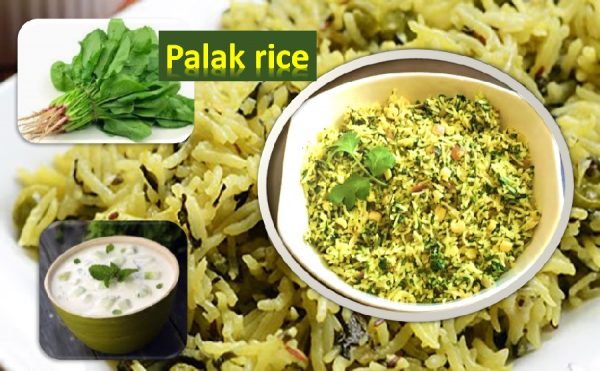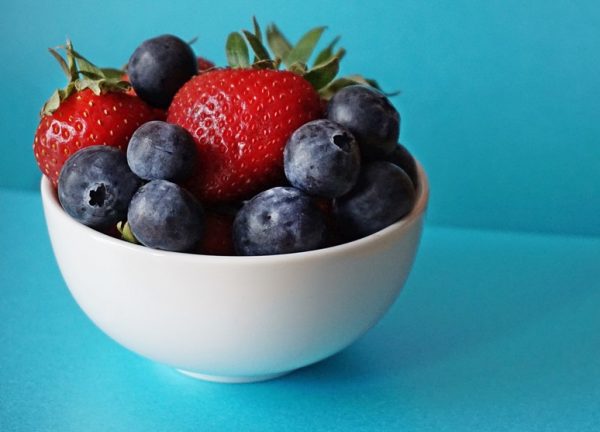
How to get relief from sugar craving
Sugar craving is a common condition most of us face. Resisting eating sugar is tough but possible. As we practice resistance for sugar over time we will achieve success. Sometimes we need help to develop resistance for sugar cravings. Some common suggestions and home remedies can help to overcome problem of sugar craving.
- Never skip breakfast: After a long fasting night morning your body needs energy to start the day. Let your breakfast be balanced. Consume carbohydrate and protein to give you whole day energy. If you skip breakfast, your body craves for sugar.
- Have fruits available for you: To satisfy your sweet tooth make use of fruits that are sweet and bit sour. Oranges and apples are two good fruits that help you to slow down craving for sugar. Add blueberries and cherries in your list. Carry a box of cherry or berries in your bag. Other fruits like kiwi, watermelon, honeydew, nectarines, peaches, pears, plums that have low glycemic index are good to satisfy your sugar needs.
- Keep salty food away: Stop consuming too much pickles and other salty food. Excess salt consumption increases sugar craving. Cut down salt consumption and avoid foods that have high sodium content.
- Packaged food: In most packed food sugar is an ingredient appears under different names – nectar, corn syrup, fructose, molasses etc. Understand what is in the packed food and how much sugar it supplies per serving. If it contains more sugar than your body needs then say no to packaged food.
- Use spices: Some spices add flavor for food. Advantage of adding these spices, like cinnamon, cumin, garlic, onion etc. they give good flavor for food and supply no calories. Adding cloves, cardamom, turmeric to food imparts lot of flavor and reduces sugar cravings.
- Cinnamon powder: Cinnamon is a good source for chromium and chromium reduces sugar craving. Add a dash of cinnamon in your tea and food to reduce oxidative stress, to improve good cholesterol and to control blood sugar level. The sweetness in cinnamon is a good replacement for sugar and stops sugar cravings.
- Full meal: If you are hungry eat full meal. Include healthy fats, proteins and fibers in your meal. These complete meals will fill your stomach and stops craving for sugar.
- Incorporate sweet vegetables: In your diet include Roasted sweet potatoes, beets, carrots and butternut squash – these four vegetables are sweet and can replace sugar in good way.
- Sugar free drinks and snacks: Instead of consuming sugary drink add lemon juice to hot water and drink. Instead of candy and chocolates try tasty and good fruit. Instead of jam add butter or clarified butter on your toast. Prepare spicy buttermilk and drink to avoid consumption of sugary juice.
- Take hot shower: Hot showers or baths gives relief from sugar craving. You should get dazed feeling similar to sauna effect and your craving will be gone.
- Brisk walk: When you feel like eating sugar, go for a brisk walk or run. While you go for brisk walk your endorphins or feel good hormones keeps away sugar craving
- Get relief from stress: Stress makes us feel to eat more sugar. Getting relief from stress either by certain activities or through sleep will help prevent sugar cravings.
- Avoid triggers: If you are a fan of fast food restaurant and coffee shops, avoid activities and walking in front of such restaurants and shops. The smell of coffee, food and juice can increase your cravings for sugar. Avoid going near such places itself to stop cravings
- Eat good amount of protein and healthy fats: Include coconut oil, avocado and ghee in your food. Lentils, beans and fax seeds are other food items that help to reduce sugar craving
- Chia seeds: Chia seeds good source of dietary fiber and omega-3-fatty acids. It is readily absorbed by water and swells up to form jelly like substance making us feel fuller for long time and this prevents us from sugar craving.
- Getting good sleep: Sleep depravation causes tiredness and low energy. When we feel low in energy body need something to support and it gives way for sugar craving. Get good sleep- if you are not a good sleeper then try different methods to get good sleep.
It is difficult to stop sugar craving, but once we make up our mind and stick to a sugar resistance strategy, we can achieve success and a healthy weight.
Author: Sumana Rao | Posted on: June 25, 2019


















